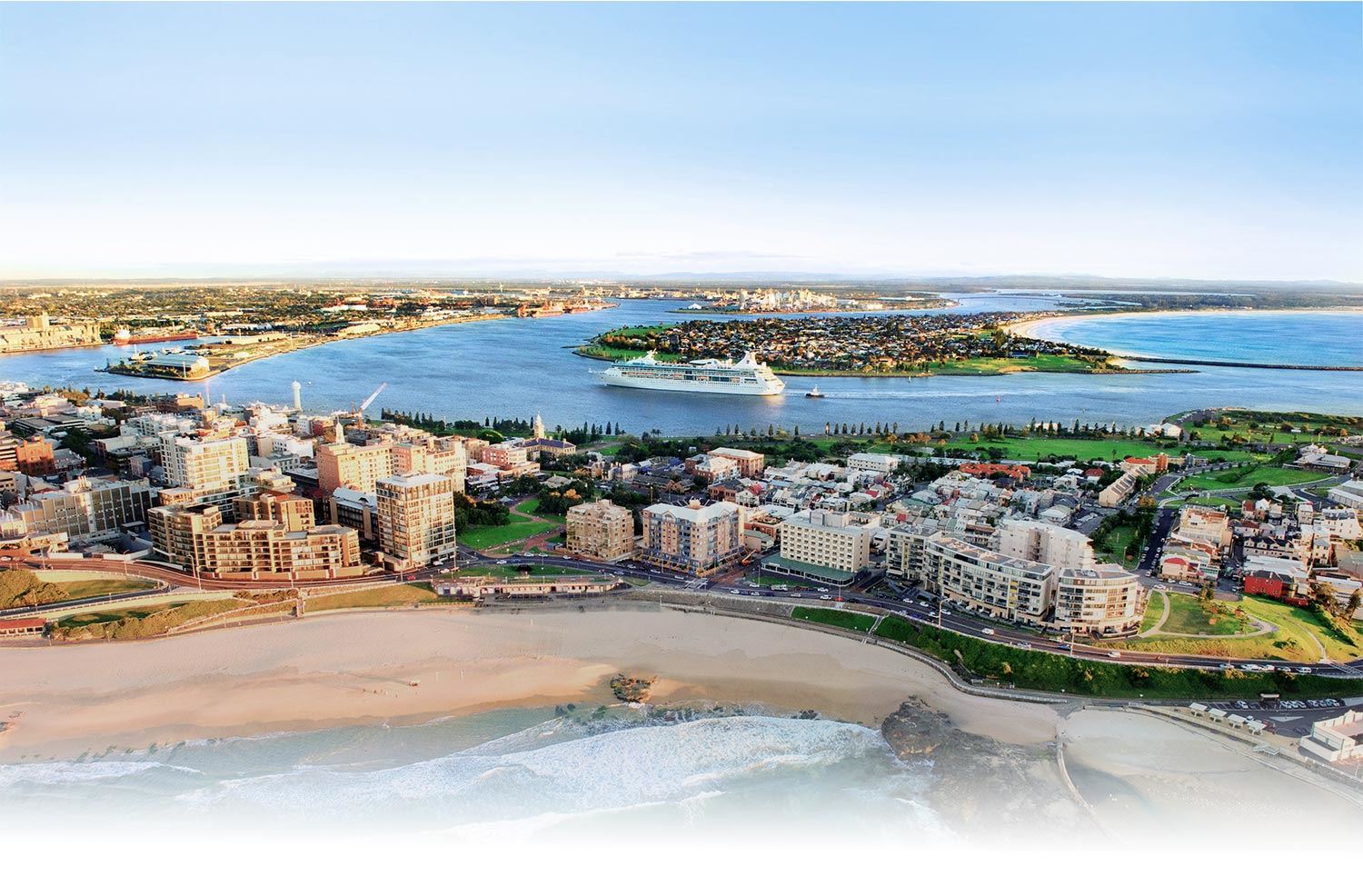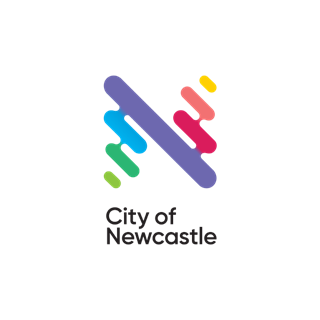
Tree Planting
Tree planting contributes to sustaining and expanding Newcastle's urban forest. Trees help keep our city cool, absorb and store carbon, provide food and shelter for wildlife, and keep our air and water clean. Trees also make us feel great and make our city look beautiful.
Each year we plant up to 2000 street and park trees through our Living Streets program. We prioritise areas most in need and areas with recently completed stormwater, road and footpath repairs and construction. Tree planting is also part of our large infrastructure projects. In Autumn 2024, we're prioritising street tree planting in Beresfield, Maryland, Wallsend, North Lambton, New Lambton, Warabrook, Stockton, Kotara, and Merewether.
Newcastle Tree Map
Our Tree Map shows all the street and park trees that are currently part of Newcastle’s urban forest. You can search the map by entering a suburb, street address, park name, or tree asset ID. Click on the coloured dots to learn the species, age, and asset ID of each tree. You can even send an email to your favourite tree to tell it how much you appreciate it!
Green dots for established trees that are older than 6 years, yellow dots for new street trees up to 6 years old, and blue dots for vacancies where new street trees could be planted.
To see the legend, click on the first icon under the City of Newcastle logo in the top left corner of the map. Change the map type by clicking on the basemap gallery icon on the toolbar.
The information shown in the map is drawn from our Tree Asset Management System database. We do our best to ensure this information is accurate but there may be occasional errors. If you spot anything that doesn't seem quite right, or you have a question about any of the content, please visit our Contact Us page.
Documents
Newsletter
Learn about upcoming environmental projects, events and activities in Newcastle by subscribing to our newsletter.











